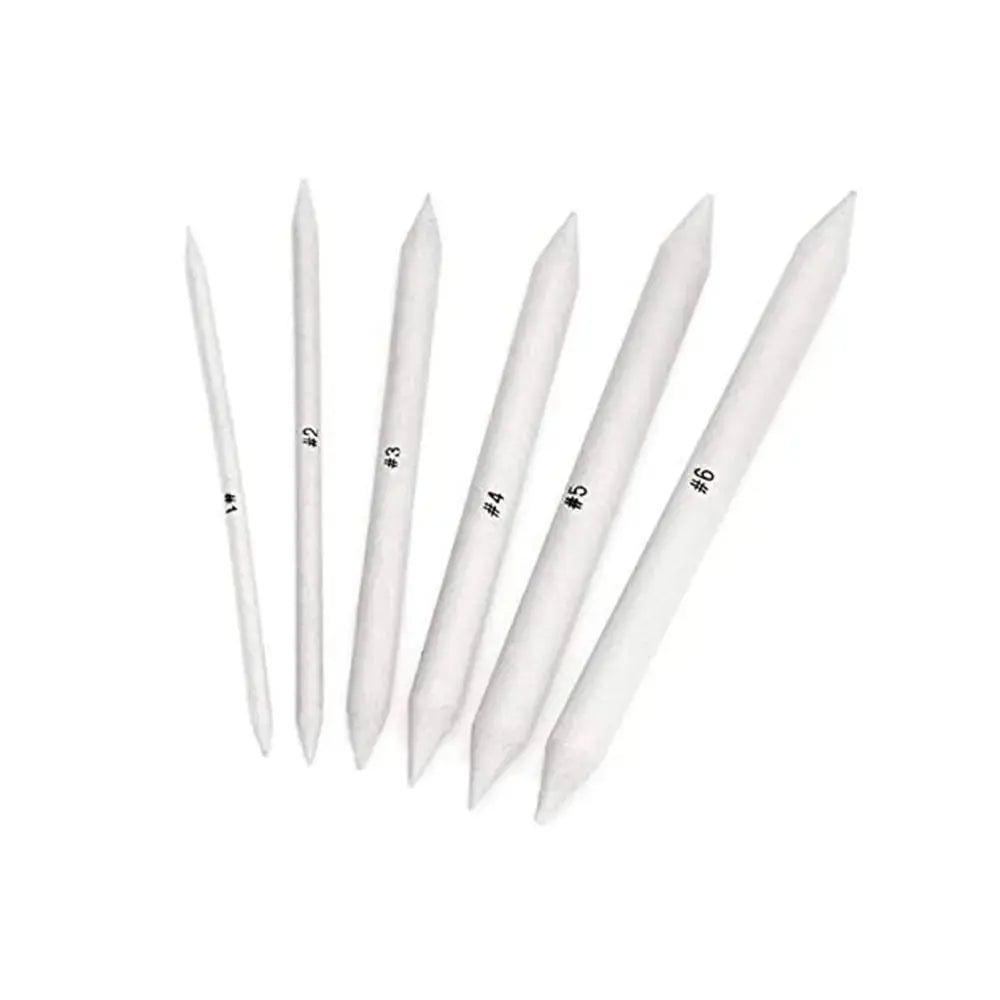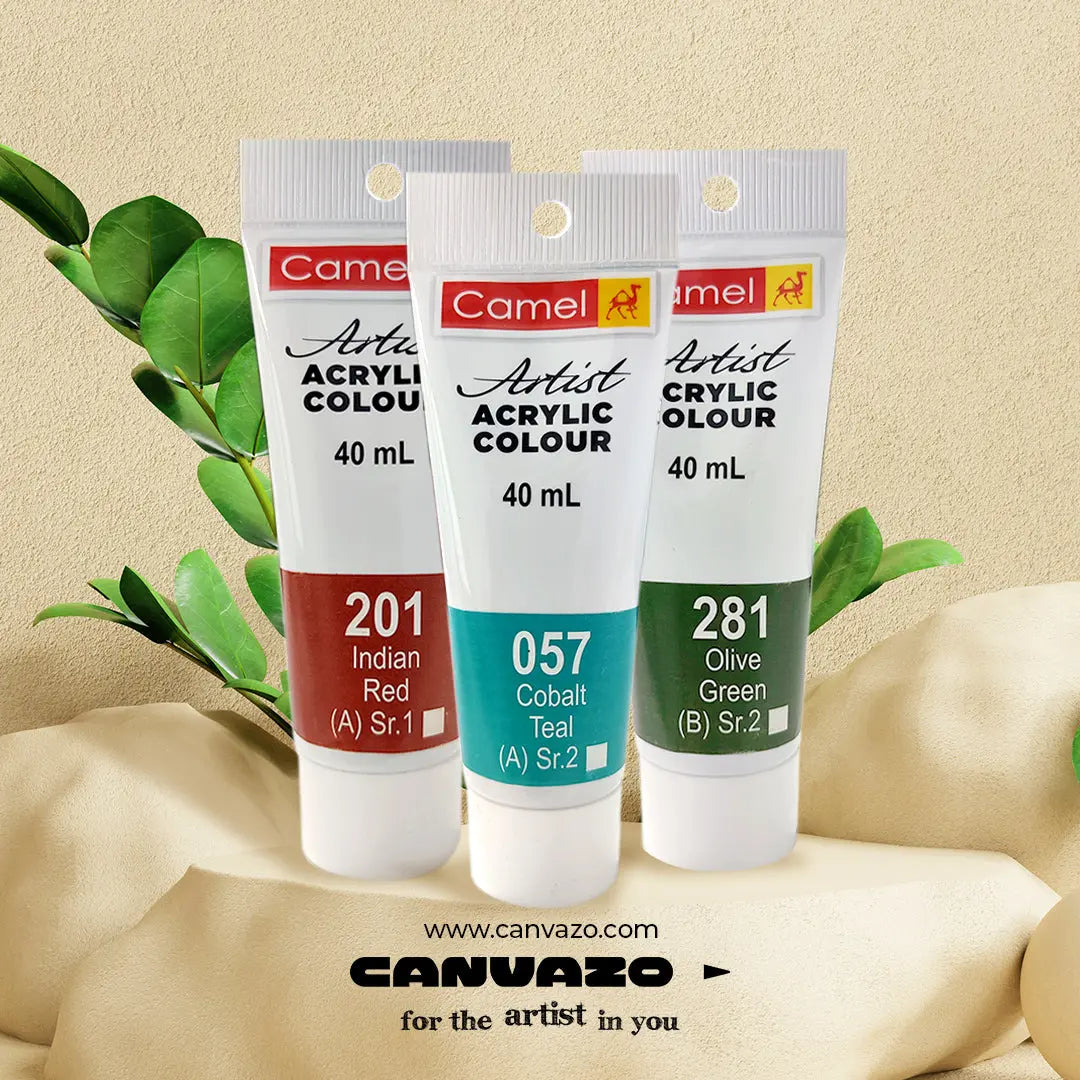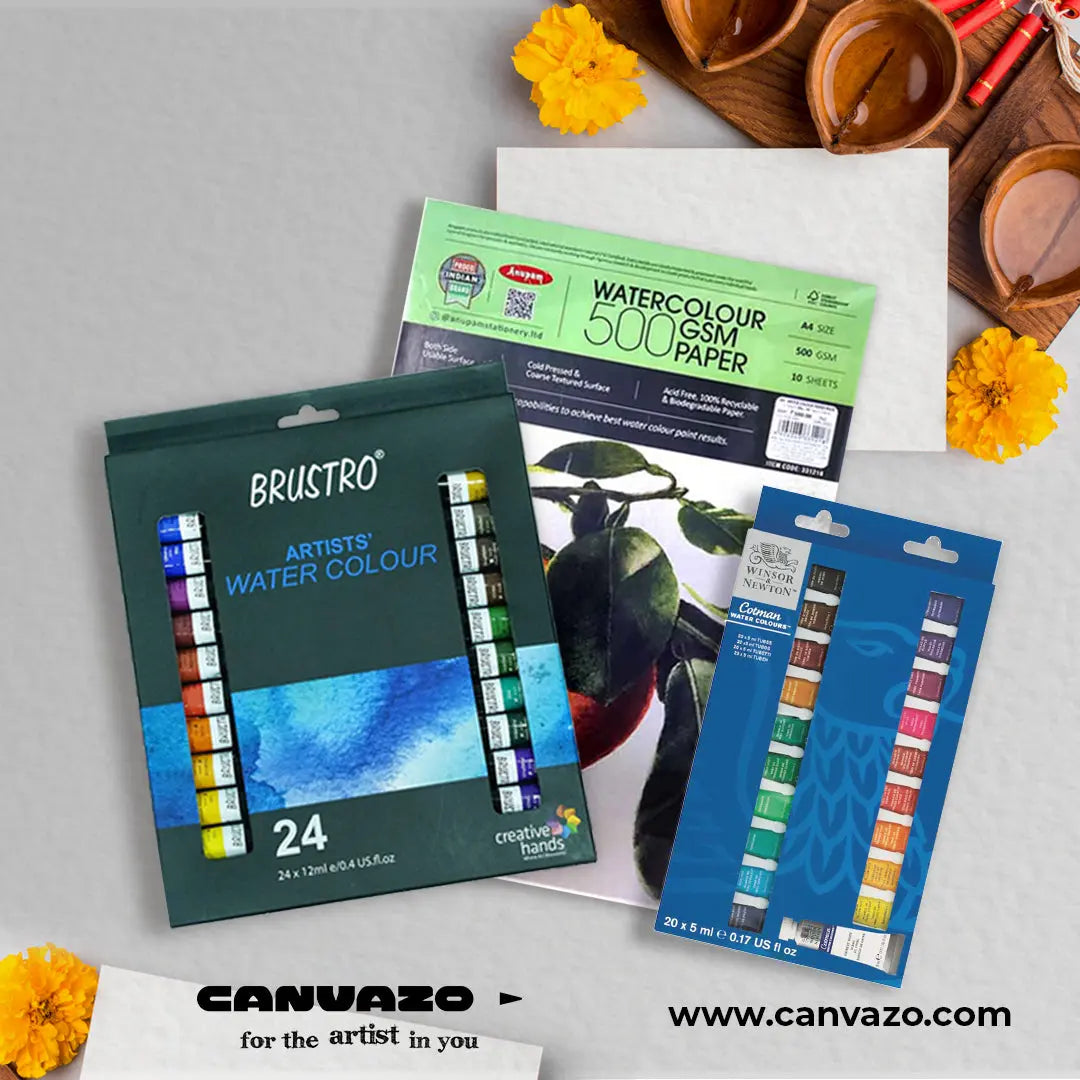Blending stumps, also known as paper stumps, is essential for any artist looking to achieve a smooth and seamless transition between colours and values in their drawings. In this post, we'll look at what blending stumps are, how to use them, and their advantages.
What are Blending Stumps?
Blending stumps are cylindrical tools made of compressed paper used for blending and smoothing graphite, charcoal, pastels, and other dry media. They are designed to create a soft, diffused effect by picking up the excess pigment and redistributing it evenly over the paper’s surface.
Blending stumps come in various sizes, from small and narrow for fine detail work to large and wide for broad strokes. They are available individually or in sets, which can be useful for artists who work with various media and need different-sized stumps for different applications.
How to Use Blending Stumps
1. Choose the Right Size:
Blending stumps come in various sizes, from small and narrow for fine detail work to large and wide for broad strokes. Select the size that best suits the area you want to blend.
2. Prepare Your Drawing:
Begin by lightly drawing or shading the area that you want to blend. Make sure that the area is not too heavily shaded, as this can make blending more difficult.
3. Pick up the Pigment:
Take the blending stump and gently rub the tip over the area you want to blend. The stump will pick up some pigment from the paper, which will then be transferred to the rest of the area.
4. Blend in a Circular Motion:
Blend the pigment using a circular motion moving the blending stump over the area. Start with light pressure and gradually increase it as needed. Be sure to blend evenly and smoothly.
5. Clean the Stump:
The blending stump will pick up pigment and become dirty. Clean it periodically by rubbing it on a clean sheet of paper or using a kneaded eraser to remove excess pigment.
6. Repeat as Needed:
Depending on the effect you want to achieve, you may need to repeat the blending process several times. Experiment with different levels of pressure and blending techniques to achieve the desired result.
7. Finish Up:
Once you have finished blending, take a step back and assess your work. If you notice any areas that still need blending, repeat the process. If you're satisfied with the result, you can move on to the next area of your drawing.
Advantages of Blending Stumps
Blending stumps offer several advantages over blending tools, such as your fingers or cotton swab. First and foremost, they are more precise, allowing you to blend and smooth small areas without smudging the surrounding areas.
Additionally, blending stumps can create a more uniform and even blend than other tools, resulting in a more professional-looking finished product. They are also easy to control, making them ideal for artists who want to create subtle transitions between colours and values.
Blending stumps are essential for any artist who wants to achieve a smooth and seamless transition between colours and values in their drawings. By blending stumps, artists can create a soft, diffused effect that is more precise and even than other blending tools. So if you're an artist looking to take your work to the next level, consider adding blending stumps to your toolkit!



